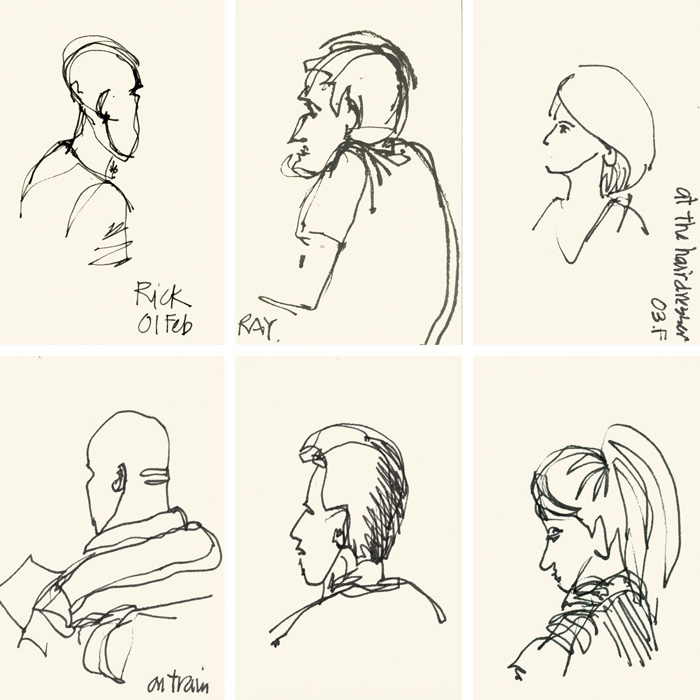
Welcome to 'Master the Art: Top 10 Important Sketching Techniques Every Artist Should Know.'
In this article, we will delve into the fundamental techniques that form the backbone of successful sketching.
From understanding line weight and perspective to mastering shading and composition, we will explore the key elements that elevate sketches from mere drawings to captivating works of art.
Whether you are a seasoned artist or just starting out, this insightful guide will equip you with the knowledge and skills needed to create dynamic and expressive sketches.
The Importance of Line Weight and Variations
When it comes to sketching, understanding the importance of line weight and variations is crucial for every artist. Line weight refers to the thickness or thinness of a line, and controlling it can greatly impact the overall quality of a sketch. It allows artists to create depth, dimension, and emphasis within their artwork.
By varying the thickness of lines, artists can convey different textures, tones, and emotions. Line weight also helps to define the form and structure of objects, adding clarity and definition to the composition. Additionally, it can be used to create movement and guide the viewer's eye through the artwork.
Mastering the control of line weight is essential for artists who desire freedom in their artistic expression, as it allows them to effectively communicate their ideas and convey their unique style.
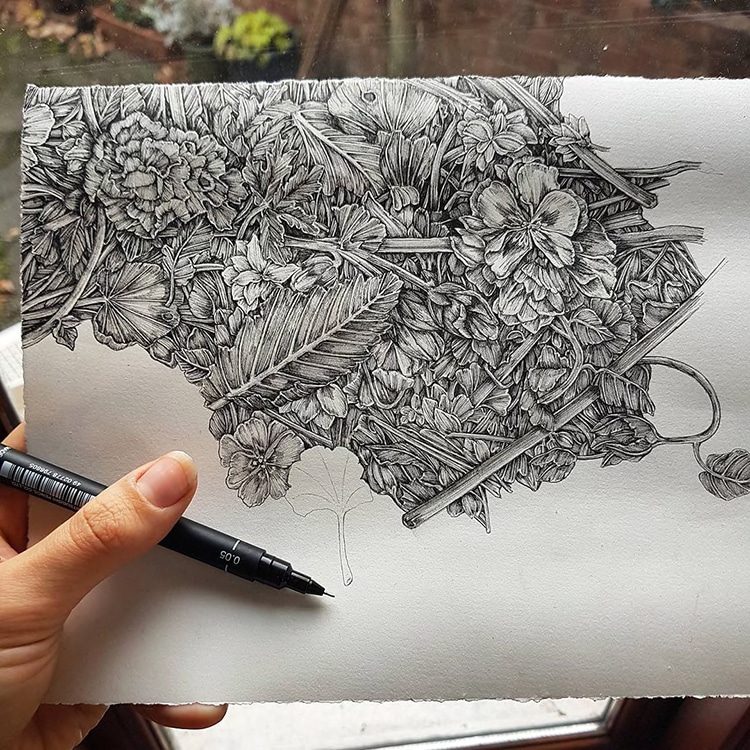
Understanding Perspective in Sketching
Understanding perspective is crucial in sketching as it allows artists to create realistic and three-dimensional drawings.
One important aspect of perspective is the concept of vanishing points, which help determine the direction and convergence of lines in a drawing.
Additionally, understanding how to depict depth and spatial relationships in a sketch can greatly enhance the overall composition and realism of the artwork.
Vanishing Points in Perspective
In order to accurately portray depth and dimension in their sketches, artists must have a thorough understanding of vanishing points in perspective. Vanishing points are essential in creating realistic perspective, as they help artists determine the convergence of lines and the illusion of distance in their drawings.
This technique is not only limited to sketching, but also widely used in photography to create depth and a sense of realism in images. By strategically placing vanishing points in their compositions, artists can achieve a realistic sense of space and depth.
One trick for achieving realistic perspective is to use multiple vanishing points in a drawing, especially when depicting complex architectural structures or landscapes. By mastering the concept of vanishing points, artists can create dynamic and visually engaging sketches that captivate the viewer's imagination.
Depth and Spatial Relationships
To accurately convey depth and spatial relationships in their sketches, artists must master the techniques of perspective and utilize proper shading and proportion.
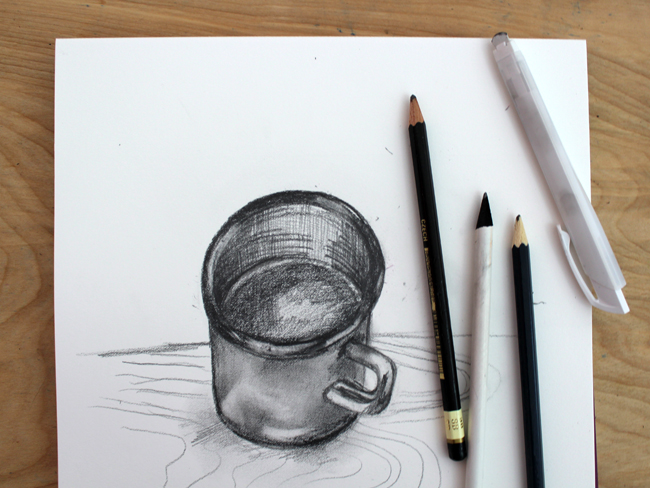
Depth perception is an essential element in creating realistic and compelling drawings. By understanding how objects appear smaller as they recede into the distance, artists can accurately depict three-dimensional space on a two-dimensional surface.
Perspective allows artists to create spatial illusions, making objects appear closer or farther away. This technique involves using vanishing points and horizon lines to create depth and distance.
Proper shading techniques also play a crucial role in conveying depth. By using light and dark values, artists can create the illusion of form and volume, further enhancing the sense of depth in their sketches.
Mastering these techniques allows artists to create drawings that are visually engaging and realistic, capturing the essence of three-dimensional space on a flat surface.
Mastering Proportions and Scale
When it comes to sketching, mastering proportions and scale is crucial for creating accurate and visually appealing drawings.
Proportional accuracy ensures that the elements within a sketch are correctly sized in relation to each other, while balancing scale and composition allows the artist to create a harmonious and well-balanced artwork.
Understanding how to manipulate proportions and scale effectively is a fundamental skill that every artist should strive to master.
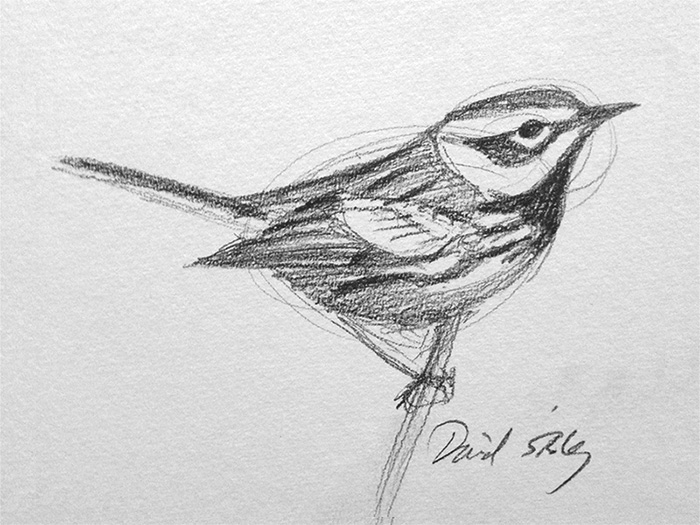
Proportional Accuracy in Sketches
The artist must strive for proportional accuracy in their sketches by mastering the concepts of proportions and scale. Proportional accuracy techniques are essential for achieving realistic proportions in artwork. Understanding how objects relate to each other in terms of size, shape, and distance is crucial in creating accurate and visually appealing sketches.
One technique that artists use to achieve proportional accuracy is the comparative measurement method. This involves measuring the proportions of different elements in relation to each other. Artists also rely on sighting techniques, which involve visually measuring distances and angles by using their thumb, pencil, or other objects as a reference point.
Balancing Scale and Composition
An artist should carefully consider both the size and arrangement of elements within a composition in order to achieve a balanced scale and composition.
Achieving harmony in a sketch is crucial for creating a visually appealing artwork. Scale refers to the relative size of objects within the composition, while composition refers to the arrangement and organization of these objects.
By balancing scale and composition, an artist can create a sense of unity and coherence in their work. One way to achieve this is by creating focal points within the composition. Focal points draw the viewer's attention and provide visual interest.
These can be achieved through the careful placement and sizing of objects, as well as the use of color and contrast. By mastering proportions and scale, artists can create captivating and harmonious sketches.
The Art of Shading and Value
Achieving realistic and compelling sketches requires mastering the intricate relationship between light and form, through the careful application of shading and value. By mastering hatching and cross-hatching techniques, artists can create realistic light and shadow effects that bring their sketches to life.
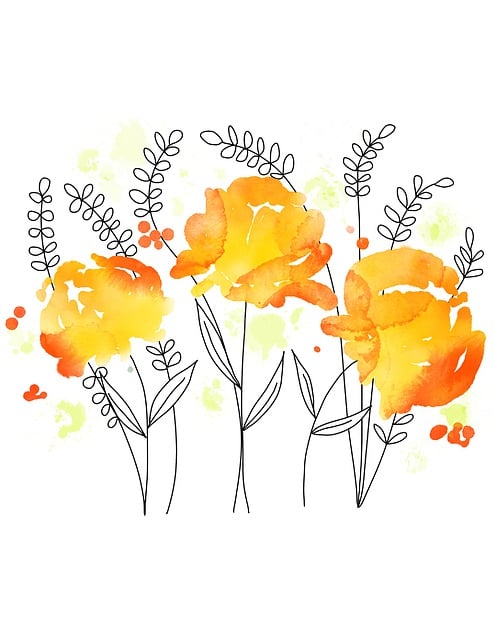
To create imagery in the audience's mind, consider the following techniques:
Hatching: This involves drawing parallel lines in one direction to create value and texture. Varying the spacing and thickness of the lines can add depth and dimension to the sketch.
Cross-hatching: Building upon hatching, cross-hatching involves adding another set of parallel lines in a different direction. This technique can produce more complex shading and enhance the illusion of three-dimensionality.
Stippling: Instead of using lines, stippling involves creating value through the use of small dots or marks. By varying the density and size of the dots, artists can achieve different shades and textures.
Creating Depth With Atmospheric Perspective
When it comes to creating depth in a sketch, understanding the concept of atmospheric perspective is crucial.
One important technique is using color for depth, where objects in the foreground are more vibrant and intense, while those in the background appear duller and less saturated.
Additionally, overlapping objects can also contribute to the illusion of depth by creating a sense of spatial relationships.
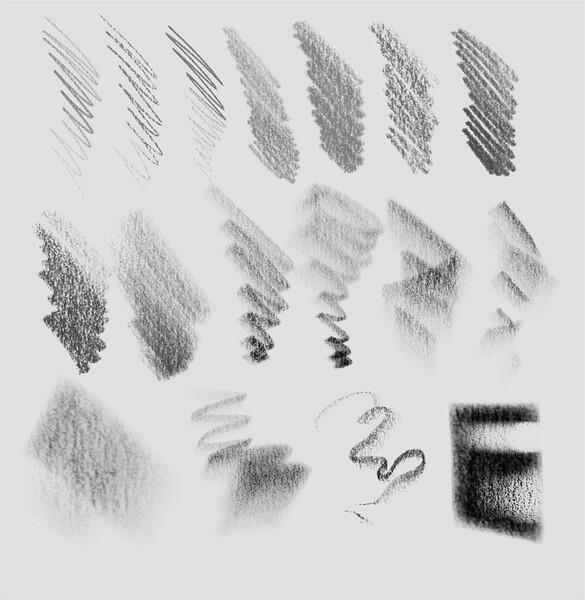
Lastly, the perception of distance can be enhanced by adjusting the size and level of detail in objects as they recede into the background.
Color for Depth
The use of color in creating depth with atmospheric perspective is an essential technique for artists to master. By understanding how color can convey distance and depth, artists can create captivating and realistic artworks.
Here are three ways artists can use color to enhance depth:
Creating depth through lighting: By using a combination of warm and cool colors, artists can simulate the effects of light and shadow. This technique adds depth to the composition and creates a sense of three-dimensionality.
Incorporating texture in color: Adding texture to colors can create a sense of depth by adding visual interest and dimension. Artists can achieve this by using various brush techniques or by layering different shades of the same color.
Using color to create atmospheric perspective: By using warmer, more saturated colors in the foreground and cooler, desaturated colors in the background, artists can create the illusion of depth and distance. This technique is known as atmospheric perspective.
Overlapping Objects Create Depth
One effective way to create depth and enhance the illusion of distance in a sketch is through the technique of overlapping objects. By placing one object in front of another, artists can create a sense of depth and three-dimensionality on a two-dimensional surface. This technique works by suggesting the spatial relationship between objects, with the overlapped object appearing closer to the viewer than the object behind it.
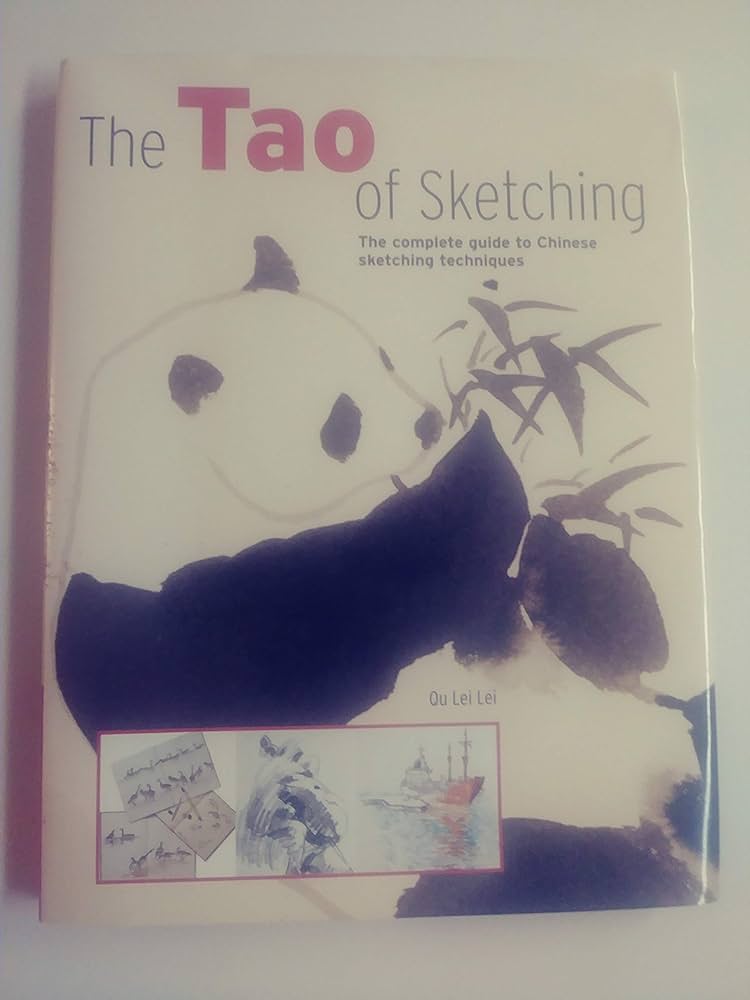
To further enhance this effect, artists can also employ shading techniques that utilize light and shadow effectively. By carefully observing how light falls on objects and creating areas of darkness and brightness, artists can create a sense of depth and volume. This technique, known as creating depth through shading, adds a sense of realism and dimension to the sketch, making it visually engaging and captivating for the viewer.
Distance Affects Perception
By understanding how distance affects perception, artists can utilize the technique of atmospheric perspective to create depth and realism in their sketches. This technique involves using various visual cues to create the illusion of depth and distance.
To achieve this, artists can employ the effects of lighting, such as the way objects become lighter and less detailed as they recede into the distance due to atmospheric haze.
Additionally, artists can create depth with hatching, a shading technique that involves using parallel lines to suggest form and volume. By varying the spacing and density of the lines, artists can convey the sense of objects receding into the distance.
This technique helps to create a more immersive and realistic experience for the viewer.
Using Different Types of Sketching Materials
When exploring the realm of sketching, artists often find themselves faced with the task of selecting and utilizing various types of sketching materials. The choice of materials can greatly influence the outcome of a sketch and the artist's ability to effectively convey their vision.
From traditional mediums such as graphite pencils and charcoal to more experimental options like ink pens and colored pencils, each material offers unique properties and possibilities. Graphite pencils, for example, are versatile and allow for precise lines and shading techniques, while charcoal provides a rich and expressive quality. Ink pens offer a bold and graphic style, while colored pencils enable artists to add vibrant hues to their sketches.
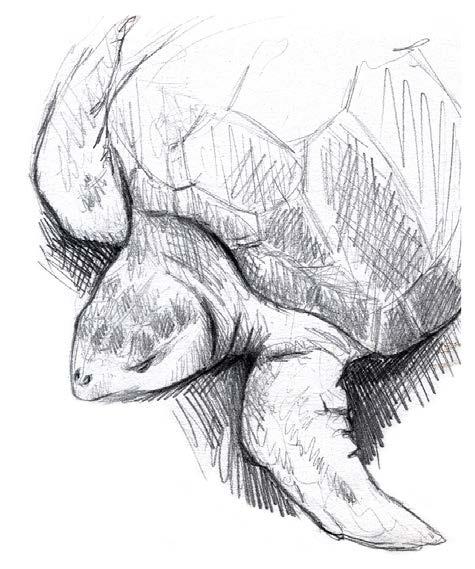
Understanding the characteristics of different sketching materials empowers artists to create with freedom and explore a wide range of artistic possibilities.
Capturing Texture and Detail in Sketches
To accurately portray the intricate texture and minute details of a subject, artists must employ meticulous observation and the use of appropriate sketching techniques. Capturing texture and detail in paintings requires a keen eye and a skilled hand. Here are three techniques for creating realistic textures in sketches:
Hatching and Cross-Hatching: By using a series of parallel lines or intersecting lines, artists can create the illusion of texture. Varying the spacing and direction of the lines adds depth and dimension to the sketch.
Stippling: This technique involves using dots or small marks to build up texture and detail. By varying the size and density of the dots, artists can create a range of textures, from smooth to rough.
Smudging: By using a blending tool or even a finger, artists can smudge and soften lines to create realistic textures such as fur or fabric. This technique adds a sense of realism and depth to the sketch.
Exploring Composition and Layout Techniques
Several different composition and layout techniques can greatly enhance the visual impact of an artist's sketches.
One such technique is exploring negative space, which involves focusing on the areas around the main subject to create a sense of balance and harmony. By deliberately leaving empty spaces, artists can create a sense of depth and visual interest in their sketches.
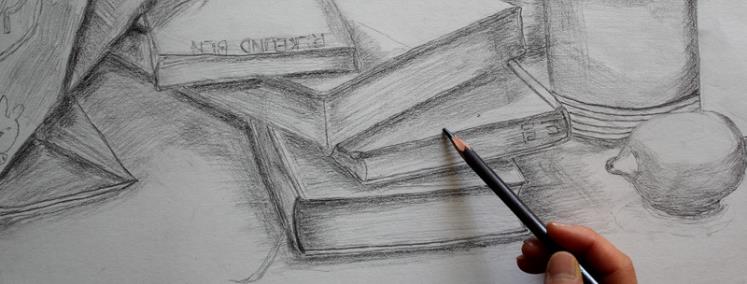
Additionally, incorporating movement in composition is another powerful technique. Artists can achieve this by using diagonal lines, curves, or overlapping shapes to guide the viewer's eye and create a sense of energy and dynamism. This technique adds a sense of vitality and excitement to the artwork, making it more engaging and captivating.
Adding Color to Enhance Your Sketches
Color, along with line and form, is a powerful tool that artists can use to bring their sketches to life. By understanding color theory and harmony, artists can create visual impact and evoke emotions in their artwork.
Techniques for blending and layering colors allow artists to create depth and dimension in their sketches. Here are three sub-lists that will help you visualize the possibilities:
Color theory and harmony: Understanding the color wheel, complementary colors, and color temperature can help you create harmonious and visually pleasing sketches.
Blending techniques: Experiment with different blending techniques such as wet-on-wet, dry brush, and glazing to create smooth transitions and gradients in your sketches.
Layering colors: By layering different colors on top of each other, you can create interesting effects and add depth to your sketches.
With these techniques, artists can elevate their sketches and create vibrant and captivating artworks that truly come to life on the page.
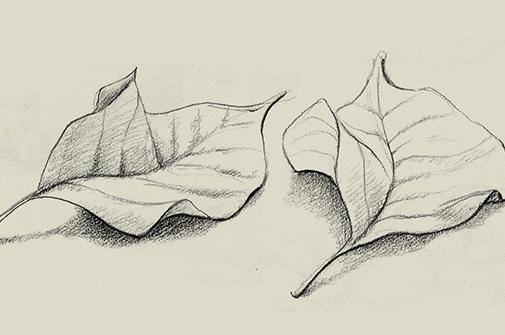
Practicing Gesture Drawing for Dynamic Sketches
With a combination of speed and accuracy, artists can effectively capture the energy and movement of their subjects through practicing gesture drawing.
This technique involves quickly sketching the basic shapes and lines that represent the body's movement and the overall pose.
Dynamic poses, which convey action and motion, are particularly well-suited for gesture drawing.
By focusing on capturing movement rather than fine details, artists can create sketches that are full of life and vitality.
Gesture drawing allows for a sense of freedom and spontaneity, enabling artists to convey the essence of their subjects in a fluid and expressive manner.
It is a valuable skill for any artist seeking to bring their sketches to life and create dynamic and engaging artwork.
Frequently Asked Questions
What Are Some Common Mistakes Beginners Make When Using Different Types of Sketching Materials?
Common mistakes beginners make when using different types of sketching materials can include using the wrong tools for the desired effect, not understanding how to control the materials, and failing to properly prepare the surface. These errors can hinder the artist's ability to effectively execute composition techniques and add color to their sketches.
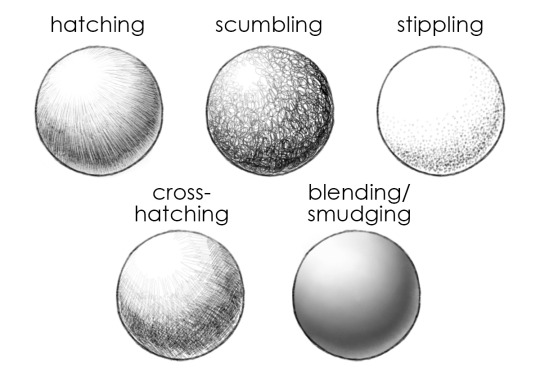
How Can an Artist Effectively Capture Texture and Detail in Their Sketches?
To effectively capture texture and detail in sketches, an artist must utilize various shading techniques, such as hatching and cross-hatching, to create depth and dimension. Additionally, paying attention to light and shadow can enhance the realism and accuracy of the artwork.
What Are Some Composition and Layout Techniques That Can Help Improve the Overall Look of a Sketch?
Composition techniques and layout principles are essential for improving the overall look of a sketch. They involve elements such as balance, focal points, and visual flow. By applying these techniques, artists can create visually appealing and harmonious compositions that captivate the viewer's attention.
Are There Any Specific Tips or Techniques for Adding Color to Enhance Sketches?
When it comes to enhancing sketches with color, there are several tips and techniques that can be employed. Artists can utilize various blending techniques to achieve smooth transitions between colors and create a realistic shading effect with color.
How Can an Artist Practice Gesture Drawing to Create Dynamic Sketches?
Gesture drawing exercises are a valuable technique for artists to create dynamic sketches. By capturing the essence of movement and form in quick, loose strokes, artists can improve their observational skills, understanding of anatomy, and ability to convey energy and emotion in their artwork.
 Writing TipsCreative WritingJournalingSketching TechniquesBuying GuidesPrivacy PolicyTerms And Conditions
Writing TipsCreative WritingJournalingSketching TechniquesBuying GuidesPrivacy PolicyTerms And Conditions
